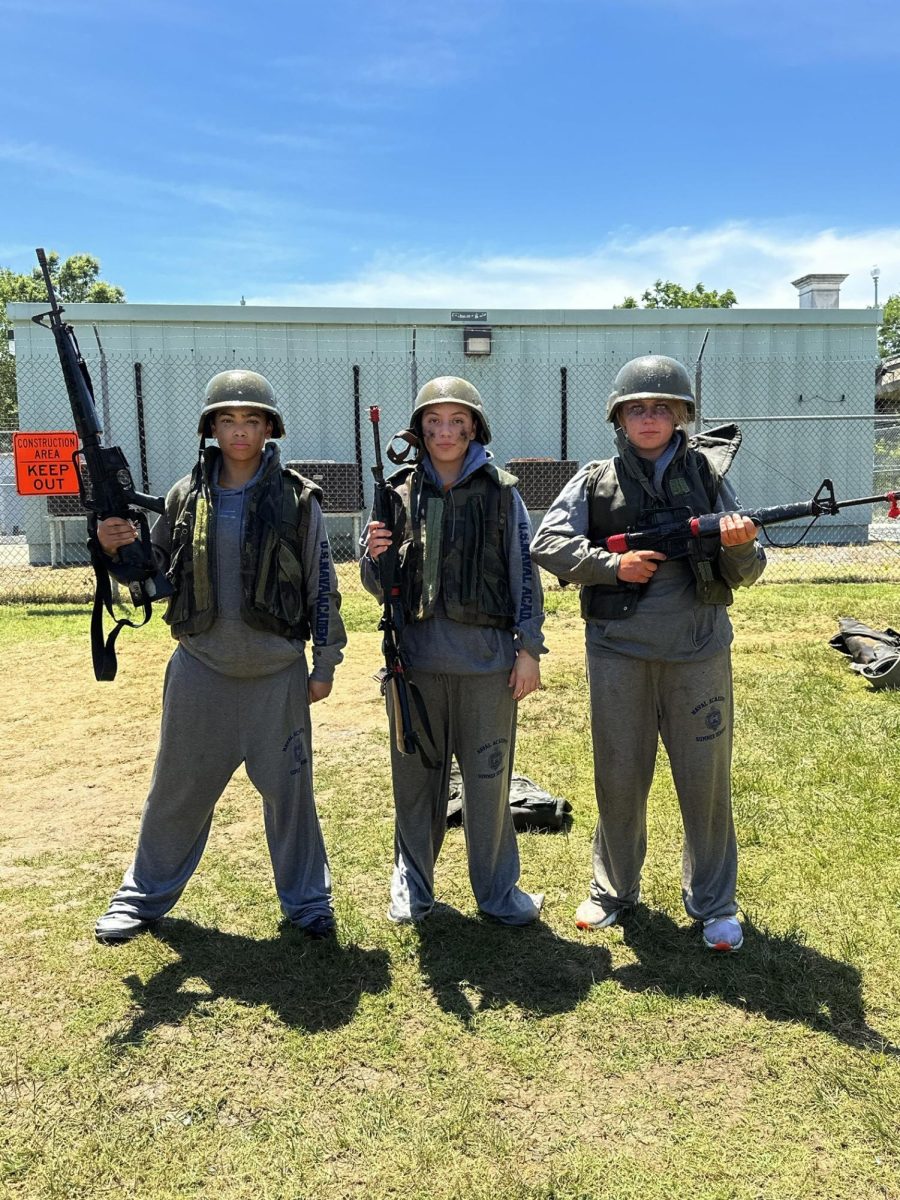While it is widely known that Haiti experienced a devastating earthquake in 2010, the consequences of the catastrophe are far from common knowledge. Despite the millions of dollars in donations and supplies that have been sent to Haiti in the form of relief, the country is far from where it was prior to the disaster. To understand Haiti and the complex issues that surround the day-to-day lives of its people, one must first understand the profound impact of the earthquake’s devastation in Haiti as a whole.
Even before the earthquake, Haiti was the most impoverished country in the western hemisphere due to the legacy of French colonization, slavery and modern American imperialism.
On January 12, 2010, the 7.0 magnitude earthquake struck 16 miles west of Port-au-Prince, displacing 1.5 million civilians from their homes and establishing vast tent cities in and around the capital. The international community was quick to respond, and collected enormous pools of resources to aid the Haitian citizens. Private individuals and organizations led the way with monetary donations, eventually totaling $1.245 billion dollars, according to UK’s The Guardian. Today, however, it is clear that the resources once thought of as enough to bring Haiti back from the ruins are insufficient. There are different interpretations of the source of the problem in Haiti. Some people believe that this is an issue related to the lack of government support while others believe that the issue is largely due to the inadequacy of non-governmental organizations (NGOs) and donors in working directly with the Haitian people. Whatever the reason, testimonials from Haitians on the trip indicate that the aid raised in 2010, while donated in good heart, is not being put to use or being distributed to the people. What is clear is that the human resources — including students like those at Los Altos — are the resources that make a true difference in the lives of the earthquake’s survivors.
The Students for Haiti Solidarity club, which recently traveled down to Haiti for humanitarian work, was founded in 2010 as a form of local response to the earthquake. Club founder and Los Altos history teacher Seth Donnelly, along with former English teacher Ryan Ikeda, have worked in Haiti since 2004 and felt that the atmosphere was right for the start of a student trip to Haiti. He assembled a group of students, led by Ellie Baer, ‘12, Ian Glasner, ‘11 and Libby Strichartz, ‘11, to bring their dream to fruition. Soon after its birth, the club found sister school SOPUDEP, which provides education to over 700 of the poorest kids in the Port-au-Prince area; the relationship has proven both mutually beneficial and rewarding.
“Our relationship with SOPUDEP grows stronger as our club grows in both its scope and size,” senior and club Co-president Louise Stéphan said.
Earlier trips focused on reconstruction and expanding the capabilities of SOPUDEP. This trip focused on developing curriculum and bringing down mass amounts of supplies. On earlier trips students also brought materials to Haiti, but this was the largest amount of physical aid brought to date. While all of the club’s experiences have been valuable, so was the bond created between club members and the students of SOPUDEP during their visit to the school.
“[The experience] allowed us to both teach and learn, to share perspectives and mutual interests, which I see as a vital part of our relationship as sister schools,” Louise said.
SOPUDEP director and Students for Haiti Solidarity contact Rea Dol also plays a large part in the club’s success. Called “Mama Rea” by many in Haiti, she is regarded as a trusted community leader in Port-au-Prince and has aided small grassroot organizations in the poorest neighborhoods.
“The thing about Rea is, she isn’t afraid to start small,” one Haitian said. “Don’t be afraid to start small. Everything does.”
Although Dol started small, the overall impact she has had on her community and the club members is exponential.
“Rea made my experience in Haiti one I will never forget,” club member junior Maggie Munro said. “Her hospitality, connections within the community and the way others idolize her is truly inspiring.”
On February 18, after a morning of working to help build SOPUDEP, concrete-dusted students sat around Daniel Tilias as he talked about Sakala, the peace education center he runs in Cite Soleil, one of the most notorious slums in Haiti. By bonding and exchanging experiences with Haitian students about their pursuits in education, rather than solely delivering aid, club members can set an example for the true definition of solidarity. The club’s solidarity, Tilias said, gives youth the courage and confidence to continue to pursue their goals and become role models.
Students worked beside the Haitian workers to help with the school’s construction. Since SOPUDEP is mainly funded by the money raised through Students for Haiti Solidarity, work on the new school site occurs only when funds are brought directly to Haiti. The club raised $20,000 for multiple new classrooms and “eco toilets,” which dispose of waste environmentally at the site. The remaining $10,000 will be given to various community groups.
Club members also paid a visit to SOPUDEP’s current site which serves as an elementary and secondary school. The club was introduced to a portion of the older student body who each stood up individually and shared what their aspirations for the future were. The club presented SOPUDEP with 14 battery-powered microscopes, funded by a teacher grant written by biology teacher Meghan Shuff to expand their biology and chemistry curriculum. Club members worked side by side with SOPUDEP students to teach them how to use the microscopes.
“I want to study general mechanics, but I know that’s going to be very difficult,” student and President of SOPUDEP Bruce Wilbert said. “But I think [Students for Haiti Solidarity], with God, are going to help me.”
The activism the club represents goes beyond SOPUDEP. Club members met in some of Port-au-Prince’s poorest neighborhoods with various women’s groups, the “Mabe” orphanage, the largest worker’s union in the country and Acra, a 30,000 person tent community.
One of the first organizations the Students for Haiti Solidarity Club helped was MOJUB, which aimed to involve Haitian women in vocational activities. Starting with no walls and only one sewing machine, MOJUB began to grow and include more women in activities such as workshops in crafts, plastic waste and recycling, sewing and cooking. Like many other Haitian groups, MOJUB is unable to offer the club compensation for the aid the club gives them.
“We have nothing to give you, but we can give you our hearts,” MOJUB’s leader Madame Roselyn said.
Although American media portrays Haiti as stable and claims there are no more tents in Haiti after the earthquake, tent cities still hold vast amounts of the population. While visiting Acra, the club met with its lead organizer, who spoke about his hope of creating a more stable society by sharing what you have.
“If you are taking a deep breath and you don’t release it, you may die,” the organizer said. “It is the same way when we work with Madame Rea who lives by this principle. When she gets, she shares.”
The lead organizer is frustated by how the American media portrays Haiti as stable. He urged the club to come home and tell people about what the club members saw – how the tents still housed many of Port-au-Prince’s people and that suffering continues despite the money pouring in. The untold stories, he said at one point, are the true ones and the most important ones.
Dol’s connections allowed the club to meet with many of the poorest communities in Port-au-Prince, but also with some of most important people in the nation. President Jean-Bertrand Aristide of Haiti, who governed the country from February 1991 to September 1991 and from February 2001 to February 2004, was overthrown in a coup in 2004. Often called the “President of the poor,” Aristide is idolized by many of those who are subject to the problems created by the current unstable government.
The club met Madame Mildred Aristide, Aristide’s wife and founder of the Aristide Medical Foundation, a medical and nursing school in the heart of Port-au-Prince. Members listened to Aristide, as she discussed her foundation and the importance of Haitian trained doctors running and staffing the hospitals of Haiti. Despite their importance, there are only three doctors for every 22,000 residents of Haiti.
Although the school started small in 2002 and accepted its first class of 247 medical students in 2003, Aristide had confidence that taking even the smallest steps forward would lead to years of aid in the surrounding communities.
“We had to work with what we had,” Aristide said. “We had to work forward. It’s a building process. This is truly a societal project. The word ‘need’ doesn’t explain enough.”
Club members have a mission: to expand solidarity with SOPUDEP to more students at LAHS by sharing their stories. The eagerness for progress in Haiti and the United States is fervently growing not only within LAHS. With awareness comes action, and the local community is increasingly working towards better relationships with our sister school and informing others about the economic and political situation in Haiti. But along with this information follows the incredible positivity and unified spirit of the Haitian people, or as Donnelly puts it, to create a “culture of love in a country of isolation.”








